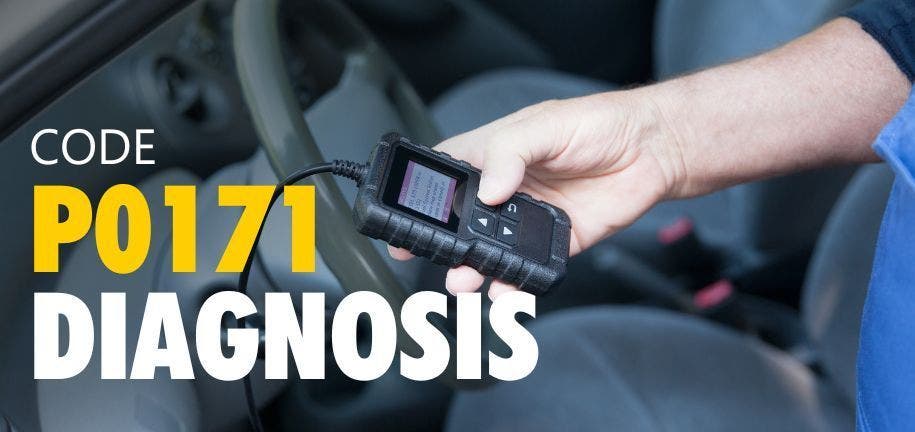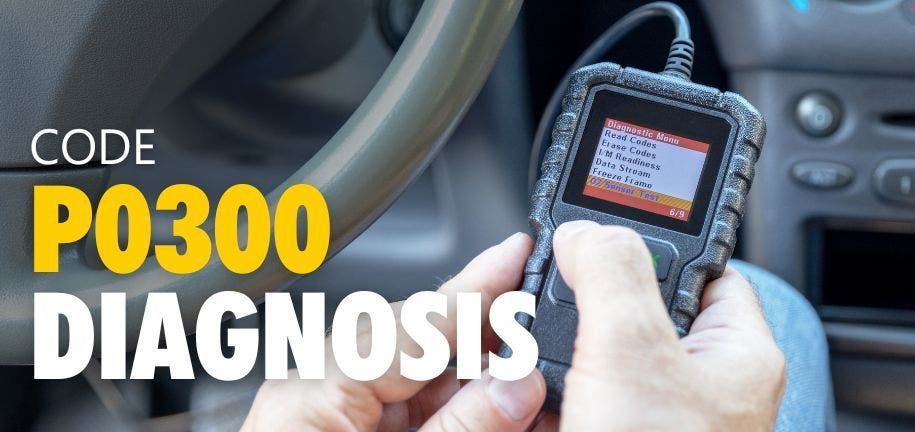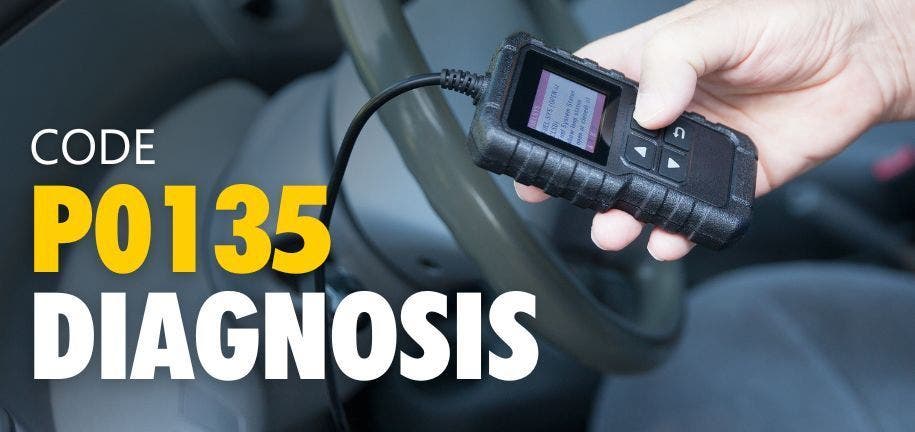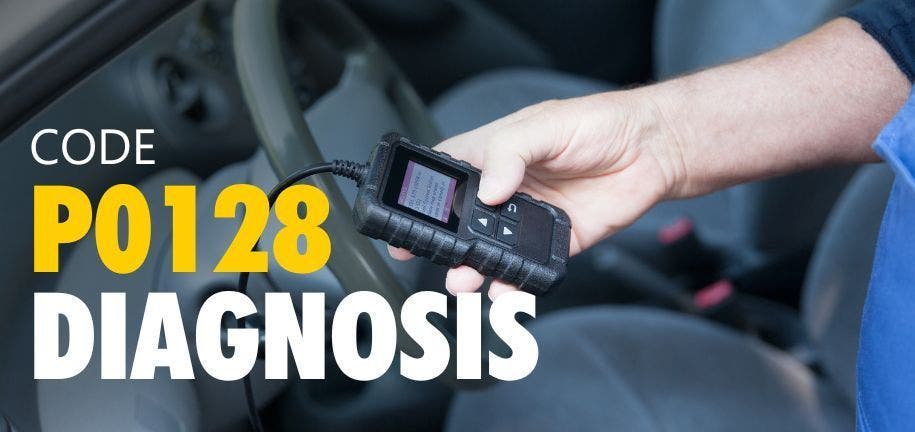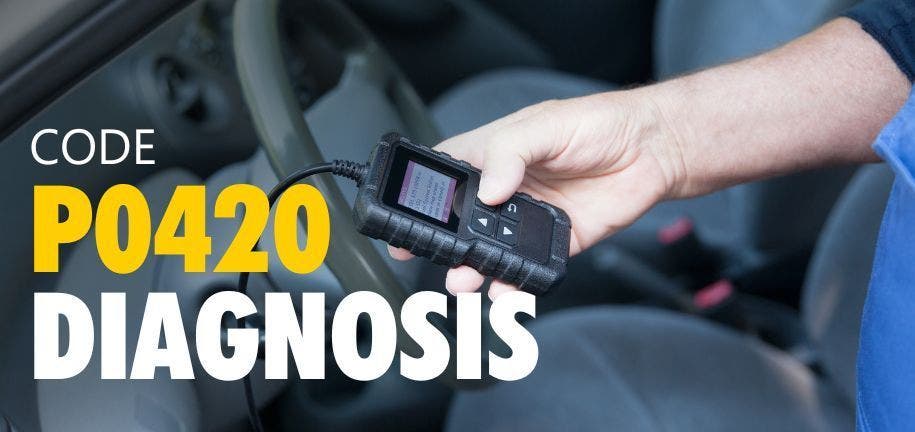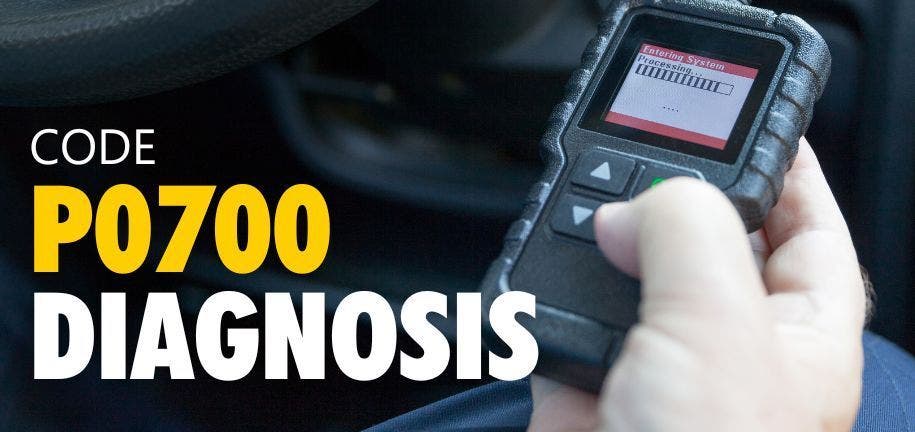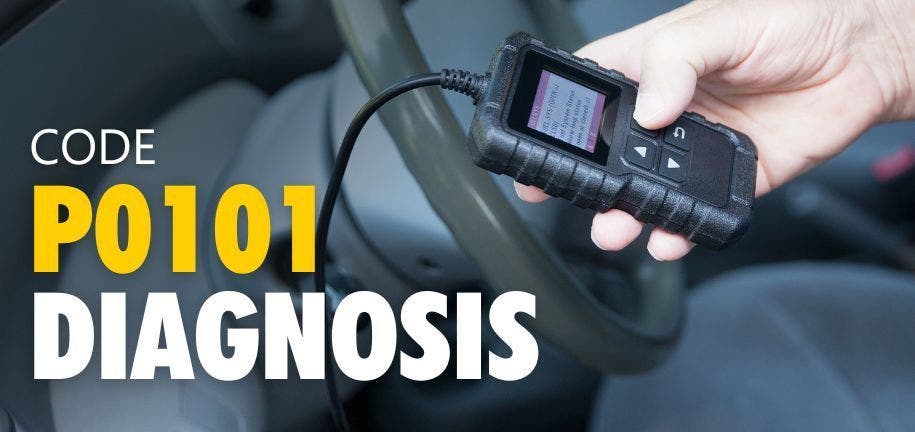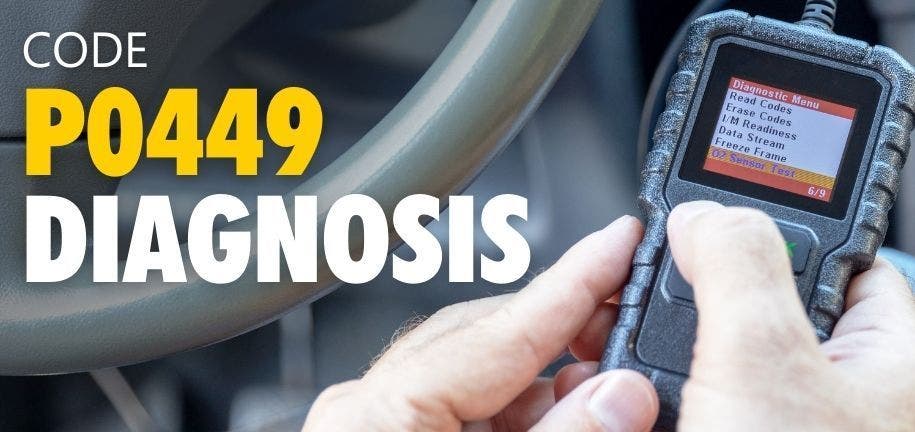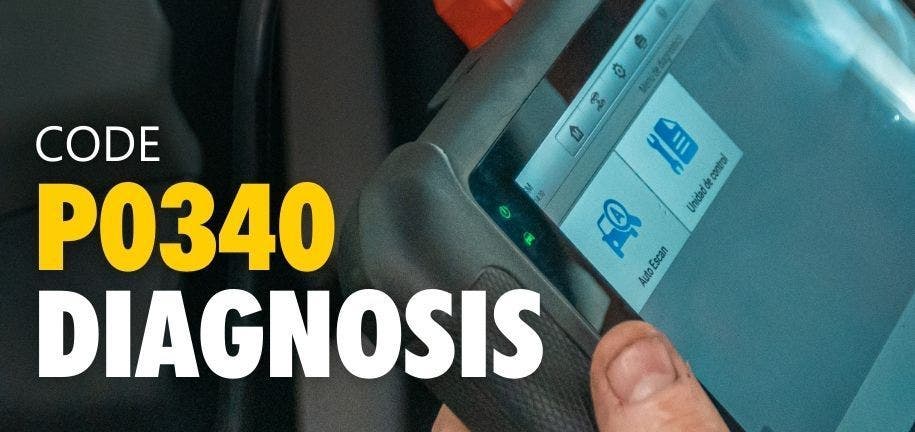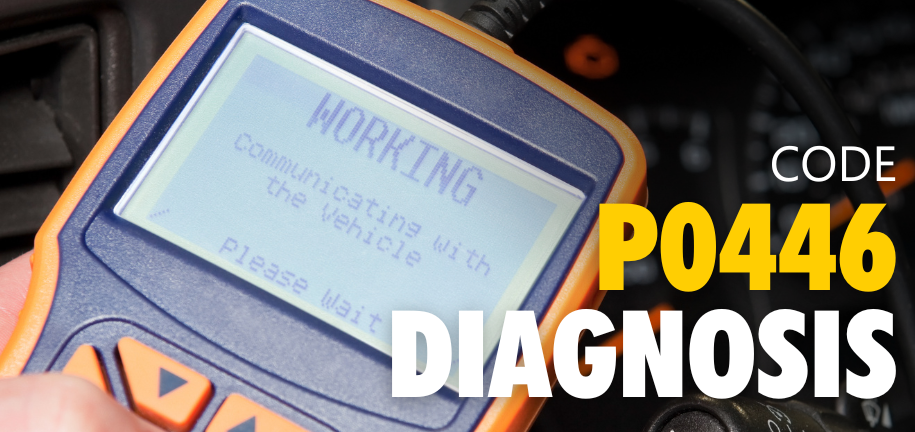The P1000 code is a manufacturer-controlled diagnostic trouble code (DTC). This means that each manufacturer has its own definition for the code, but it generally indicates that the engine control computer (ECC) has not completed its emission systems testing.
The ECC is responsible for monitoring and controlling the vehicle's emissions system. It does this by running a series of self-tests called readiness monitors. The readiness monitors test different parts of the emissions system, such as the oxygen sensors, catalytic converter, and evaporative emission control (EVAP) system.
If the ECC is unable to complete all of the readiness monitors, it will set the P1000 code. This code does not indicate a specific problem with the emissions system. Instead, it simply means that the ECC needs more time to complete its testing.
Causes of the P1000 code
There are a number of possible reasons why the P1000 code may be set, including:
- The vehicle's battery has been recently disconnected.
- The vehicle has been recently repaired and the trouble codes were cleared.
- The vehicle has not been driven for a long period of time.
- The vehicle is being driven in cold weather.
- There is a problem with the emissions system.
How to fix the P1000 code
The first step in fixing the P1000 code is to diagnose the cause of the problem. This can be done by connecting a scan tool to the vehicle's OBD-II port. The scan tool will display the code and any other relevant information.
Once the cause of the problem has been diagnosed, the appropriate repairs can be made. If the vehicle's battery has been recently disconnected, simply drive the vehicle for a few days to allow the ECC to complete its testing. If the vehicle has been recently repaired and the trouble codes were cleared, the ECC will need to complete its testing again before the P1000 code will go away.
If the vehicle has not been driven for a long period of time, simply drive the vehicle for a few days to allow the ECC to complete its testing. If the vehicle is being driven in cold weather, the ECC may take longer to complete its testing. If there is a problem with the emissions system, the appropriate repairs will need to be made before the P1000 code will go away.
Ready to upgrade your vehicle or make essential repairs? Head over to Partshawk now and explore our wide range of high-quality automotive parts. Don't wait – give your vehicle the care it deserves! Click here to shop now.



